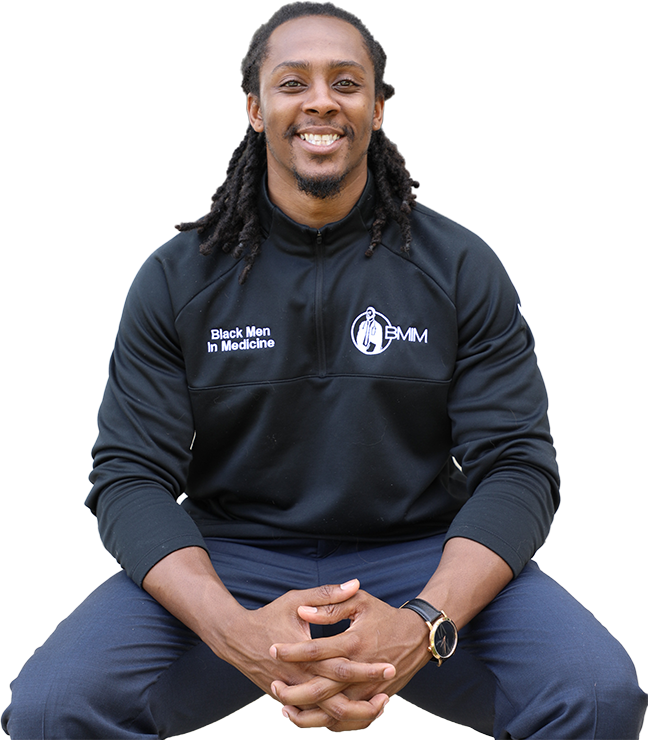What Is It To Be A Fourth-Year Medical Student
It was just another day in clinic. I was on an off-service outpatient month and saw this month as somewhat of vacation for me. Fourth year of medical school is a mix of some anxiety and stress of regular medical school accompanied by a new found feeling “I’m ready for this to be over” aka Senioritis.
At this stage of fourth year, many of us are already decided in our specialty choice. In addition, at my institution, fourth year typically affords students the flexibility to design their own schedules. With residency application season occurring in the fall, the strategy for fourth year is to complete all your main specialty rotations and associate rotations prior to application time. What this leads to is many students front loading their schedules. Once these main rotations have been completed, many students design their schedules to suit their needs. Since, outpatient medicine was not one of the main rotations related to my specialty, I was enjoying the benefit of medical education without the added pressure to over-preform as I would if I were trying to earn honors or a letter of recommendation.
Many of my days were similar. We would see scheduled patients that were typically follow up visits, pre-op clearances, and the occasional first-time patients. As part of my school’s curriculum, I had been practicing medicine in this capacity since I was a first year and thus, I was fairly comfortable with these types of visit. However, on this day, something different happened from the normal outpatient routine. I had a patient coming in for their one year follow up and the interaction went as follows:
Patient: 66 y/o female with chronic congestive heart failure.
“Are you new or experiencing any worsening shortness of breath or chest pain with rest or exertion…”, I said, as I had said a many time before.
“Nope, everything has been the same as before.” the patient replied.
“How are you at work and at home? Any difficulty completing your daily activities?” I asked.
“No, however I have been having trouble walking. For the past two weeks my left ankle has been swellin’ up due to the weather.”
Without me even consciously thinking, an intern made a note of what she said and began constructing a list of causes for this “new” symptom. At baseline, the patient has bilateral lower leg swelling due to her heart failure. However, during the physical exam I noticed a stark difference between not just the ankle but the entire left lower leg portion. In addition, she had pain within the left leg when I attempted to flex and extend the ankle.
While all of this was taking place, the wheels within my head began spinning. “Here we had a patient with several etiologies for lower leg swelling however, this is different,” I thought. Simultaneously, I remained immersed in a conversation about the recent heat wave this summer and the effects it has had upon her garden. At the end of the exam, I excused myself from the room to present to my attending.
To all my medical student underclassmen reading this, one of the perks to fourth year is that once you have established yourself as being capable, typically some attendings will not make you present patients in SOAP format. Thus, my presentations on this service largely consisted of just letting the attending know what the patient wanted or needed that visit.
“So, tell me about it.,” said the attending with his head down busily finishing up a note.
“66 y/o female in room #, she here for a year follow up. No new complaints or symptoms related to her CHF and she is tolerating her medications well. Shortness of breath with exertion is stable. Patient has bilateral leg swelling at baseline however, she is now complaining of increased left limb swelling and discomfort. On exam, I noticed there was significant discoloration, pitting, and tenderness to palpitation in the left leg”
Still looking at his computer screen, “hmm…. What do you want to do?” they said.
As a fourth year, I love when attendings ask that question because it allows me to be included in the team while providing me with an opportunity to test myself.
I replied “I don’t think this new swelling is related to her CHF so I want to send her to the ED. I think she needs a lower leg ultrasound.”
Bouncing up from his computer with the quickness of only a seasoned doctor, “If what you’re saying is true, I agree… Let’s go take a look” were the last words he said before seemingly sprint walking out of the team room.
What is it to be a fourth-year medical student?
A fourth-year medical student is a true “baby doc” as called by the nursing staff. You collect histories, conduct exams, make assessments, and decide plans just as a physician part of the team. Many times, you will be wrong in your suggestions, and that’s ok. You’re learning, and as part of the process you are expected to be wrong. BUT every so often, the planets align, and YOU are the one that’s right. That day, on an off-service outpatient month I surprised myself. It was the day I realized that maybe I do know a thing or two about medicine. It was the day I confirmed that maybe I am ready to be doctor.


